
Discover how to keep outcome-driven teams focused on the big picture and prevent siloed thinking that slows product success.
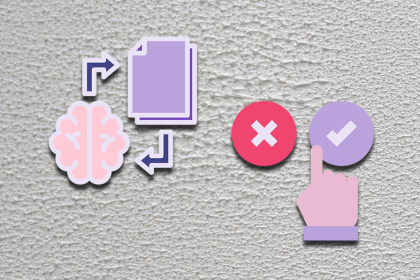
LLM QA isn’t just a tooling gap — it’s a fundamental shift in how we think about software reliability.

Windsurf AI brings agentic coding and terminal control right into your IDE. We compare it to Cursor, explore its features, and build a real frontend project.

Learn why attention spans are shrinking and how product managers can foster focus, respect, and better communication at work.
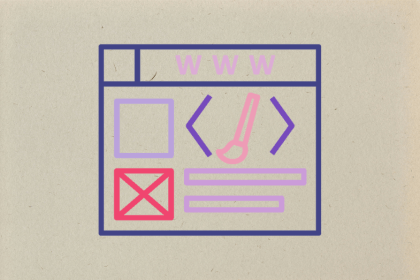
Discover key trends from the Design Tools Survey including AI adoption, Figma’s dominance, and what’s next for UX designers in 2025.

Designing AI products isn’t just about users; it’s also about trust. Here’s what I learned about balancing usability with governance in enterprise UX.
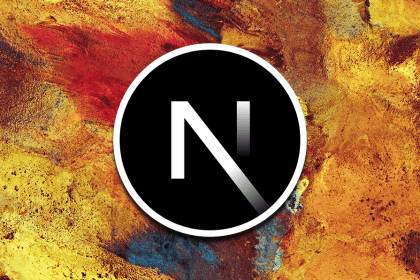
Next.js 15.4 is here, and it’s more than just a typical update. This version marks a major milestone for the framework and its growing ecosystem.

If you’re building an LLM-powered application, llm-ui is a powerful tool to help you add structure, flexibility, and polish to your AI interfaces.

Practical strategies to classify, prioritize, and communicate with 20+ stakeholders so product managers can stay aligned and avoid chaos.

Working with GenUI tools like v0 changed how I prototype. It’s faster, messier, and way closer to real code — and it’s reshaped how I think about UX.
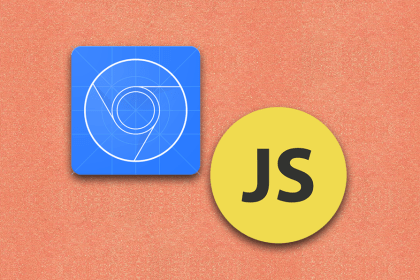
Improve the old-fashioned debugging JavaScript workflow by effectively using some lesser-known Chrome DevTools console features.
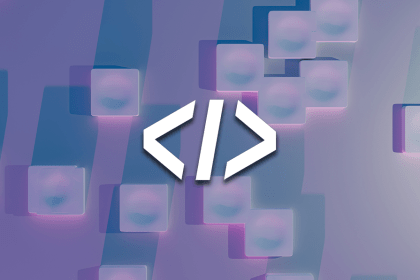
This article covers how frontend chaos engineering helps catch UI and UX issues before users experience them using tools like gremlins.js.